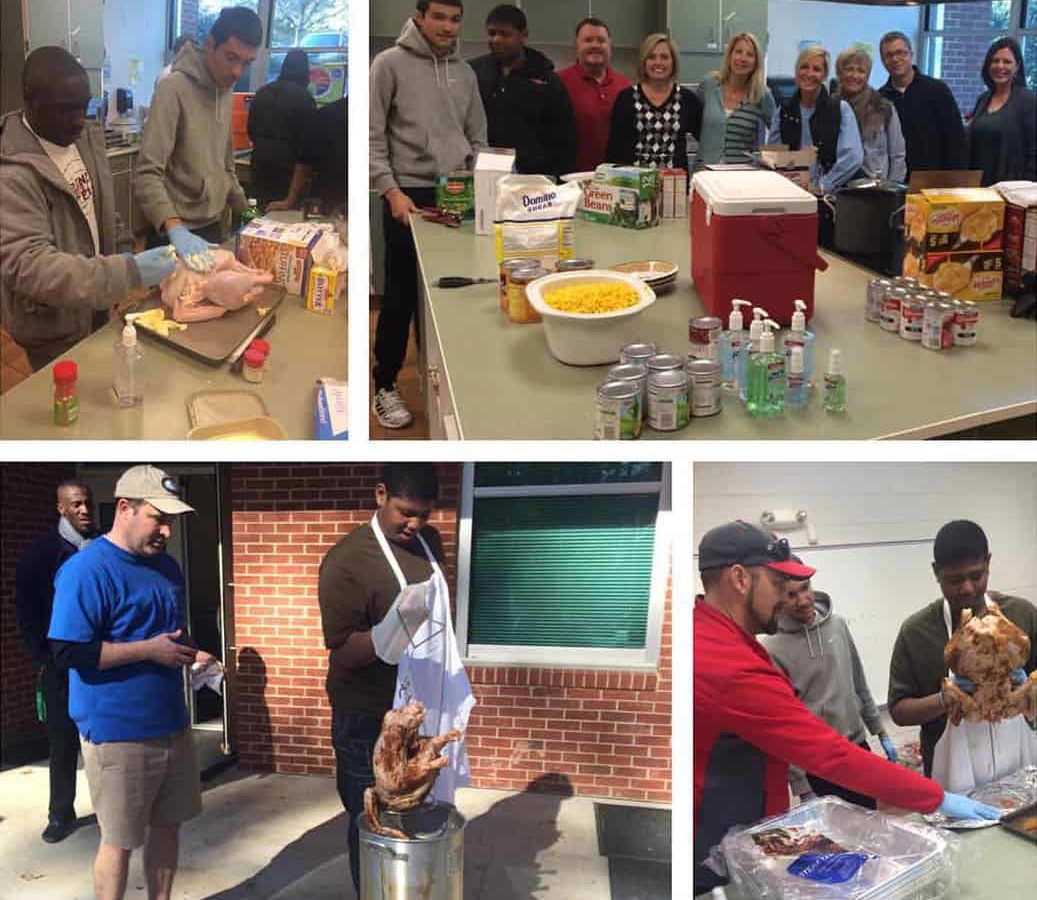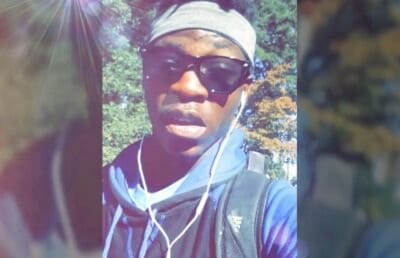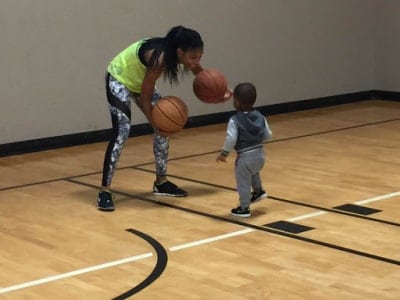

EdNC’s holiday series explores different school experiences.
Miles,
The holidays are branded as a time of happy moments with family, friends, and food. Every holiday song speaks to the wonderful time we enjoy sharing gifts. But for my students, the holidays represent moments and emotions from family connection to family disconnection.
For many of my students, the Christmas holiday represents the struggle for external acceptance. I have witnessed Christmas as a competitive moment where students are pressured to compare their gifts with other students.
The inward life pains that students secretly speak to me about are kept hidden while they engage with their peers in a game of show-and-tell. They show all of their material gifts, never telling of the real life pain they wrestle with at home and in their community. All is invested in the perceived value others have of them through how many gifts they receive for the holidays.
Fred’s story
Although the bulk of students at my school share in similar poverty experiences, this time of year they give their best competitive performances with statements of abundance and wealth. In the classroom environment, they speak of holidays filled with an over flow of food and an over flow of gifts.
One student comes to mind. Miles, you met my student Fred. He is the student who always runs to pick you up when I bring you to the school. He is also arguably my most animated student with jokes, smiles, and a whole lot of bravado. Fred spends the majority of his day talking about what he has and what his life is like outside of school.
I asked Fred about his Christmas holidays. He said that “Christmas is Christmas.”
Fred is 18-years-old, and he remembers just four good Christmas experiences. He does not make a big deal of the holiday because he is always disappointed.
But his mood changed as he remembered and told me about a time when he saved Christmas for his family.
Fred lived in South Carolina when he was in middle school. It was winter, and the electricity was off. He said his family lived with his aunt, and they could see each other’s breath in the house because it was so cold.
Fred remembered a school program that gave him the opportunity to provide Christmas gifts for his mom and siblings. Fred earned school behavior bucks he could use in the classroom gift store. He used his bucks to buy a necklace for his mom and toys for his two sisters.
Fred says that even though he does want things for Christmas he never mentions anything to his mom because he don’t want to burden her.
He says his family’s happiness is what makes the holiday season special.
Fred asked that I share his story so it can benefit someone in hard times during the holidays.
“Christmas is Christmas”
I was intrigued by Fred’s story. Day-to-day, the kindness of his heart is buried under his efforts to compete in the surface show-and-tell game with his peers.


At the root of his statement “Christmas is Christmas,” Fred showed he values his family. Christmas to Fred is not about how much he can obtain but how much he can give.
Community of gifts
Miles, there are lessons in the show-and-tell competition among my students, and the lesson is that students are much deeper than their conversations. Within each school, the conversations of the students are an indicator of the health of their community.
Every student can deliver gifts filled with many lessons that improve the health of the school community no matter how many mistakes they make in their journey. I have the privilege to share in annual holiday celebrations with students, like Fred, who have made many mistakes.
Every year community groups volunteer to serve and donate to each holiday celebration at the school. After the community shares in preparation of the food, decorations, and the holiday presentation with the students they always leave appreciating the gifts of the students.
My school is an example of how communities are blending together. The small cafeteria at the school is packed during the holiday celebration. Present at each annual celebration are church groups, wealthy and poor community members, local and distant friends and family members.
Parents bring aunts, uncles, cousins, and friends. Laughter, presentations, and hugs fill the cafeteria. Diversity is expressed through the presence of various ethnicities, social class status, education levels, or even geographical residential locations. Students are sharing time with their families and with their peers all at the same time. Kids are providing gifts toward a healthy school environment, and they contribute to a happy holiday for the adult volunteers.
Miles, I am honored that you had the opportunity to attend these holidays celebrations. I am glad that you see what Fred means by “Christmas is Christmas” at my school and in our home and in our community.


